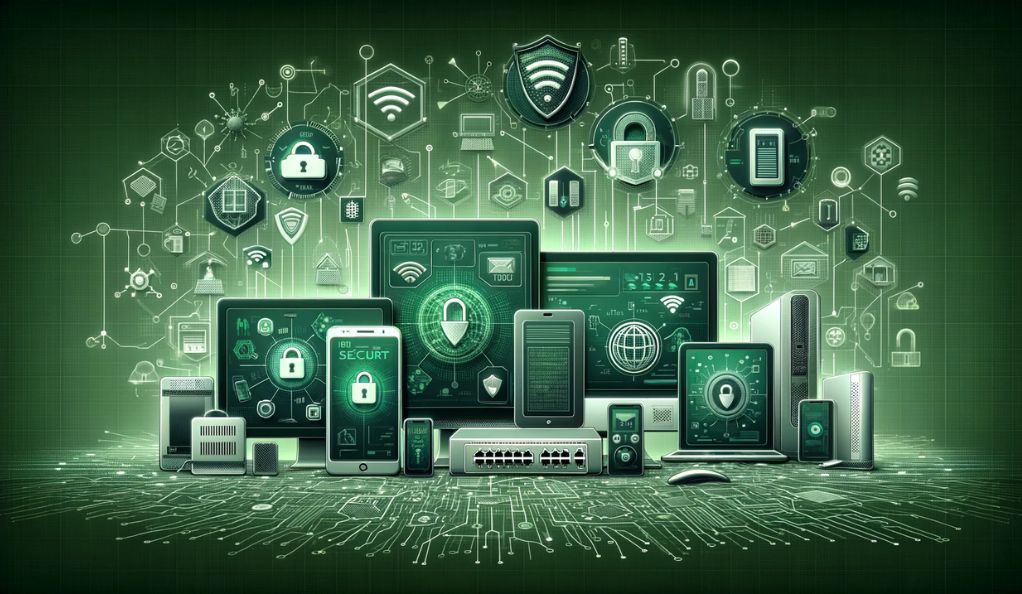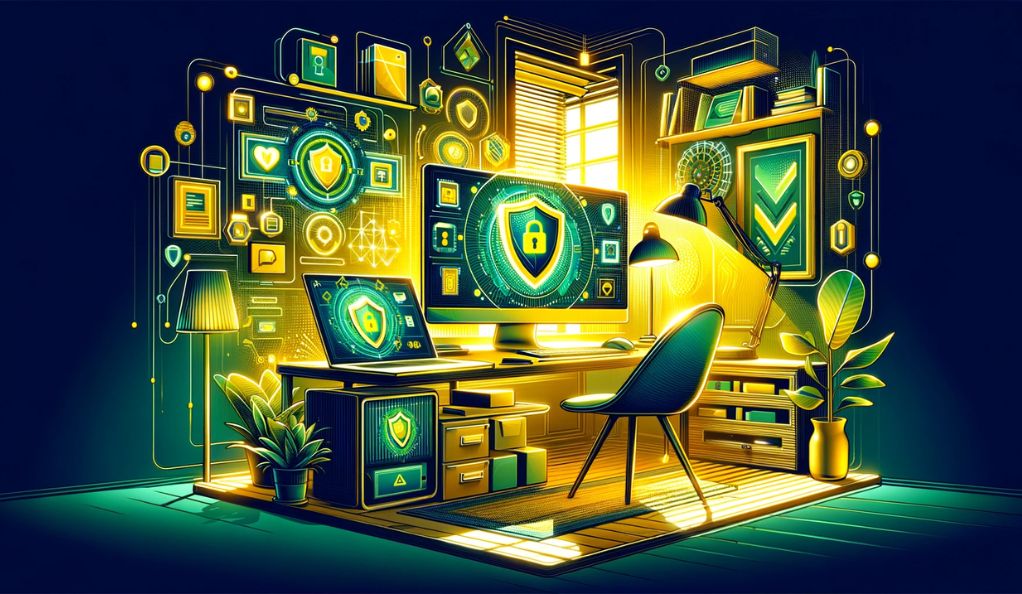Introduction
The surge in remote work has revolutionized the traditional workplace dynamics, offering employees the flexibility to work from virtually anywhere. This shift has been particularly significant in recent times, as global events have accelerated the adoption of remote work arrangements. While remote work offers numerous advantages, such as improved work-life balance and access to a broader talent pool, it also brings about a host of security challenges that organizations must address. In this article, we will delve into the complex landscape of remote work security, examining the risks associated with this new way of working and exploring the advancements in cybersecurity strategies designed to mitigate these risks.
The Landscape of Remote Work Security
The landscape of remote work security is evolving rapidly as organizations grapple with the need to protect sensitive data and ensure the confidentiality, integrity, and availability of their systems and information. This landscape is shaped by a confluence of factors, including the growing prevalence of remote work, the rise of cyber threats, and the technological advancements in the field of cybersecurity.
Remote work has experienced exponential growth, with a significant portion of the workforce now operating outside the traditional office setting. This shift has led to increased reliance on personal devices, home networks, and cloud-based services. While these elements offer flexibility and convenience, they also introduce vulnerabilities that cybercriminals are quick to exploit.
In response to the surge in remote work, cybercriminals have adapted and refined their tactics. Phishing attacks, malware infections, and data breaches have become more sophisticated and targeted, often taking advantage of the less secure home environments of remote workers. Organizations must remain vigilant and adaptive in the face of these evolving threats.
To counter these challenges, cybersecurity strategies have also evolved. Traditional approaches that relied heavily on perimeter defenses are no longer sufficient. Instead, a more holistic approach to security is required, one that encompasses not only network and endpoint protection but also user education and behavior monitoring.
Securing Personal Devices and Networks

Securing personal devices and home networks has become a critical aspect of remote work security. In the remote work model, employees often use their own laptops, smartphones, and tablets for work-related tasks. This practice blurs the lines between personal and professional use, making it imperative to establish robust security measures on these devices.
Home wireless networks serve as the gateway to remote work, but they are often overlooked from a security perspective. These networks can be vulnerable to unauthorized access if not adequately protected. Employers should educate their remote workforce about the importance of configuring routers securely and regularly updating router firmware. Employees, on the other hand, must ensure they use strong and unique Wi-Fi passwords to thwart potential intruders.
Overcoming the Challenges of Remote Work Security
Remote work security presents several challenges that organizations must address to ensure the safety of their data and systems. Some of the prominent challenges include:
- Unsecured Networks: Employees working from home may connect to unsecured public Wi-Fi networks, potentially exposing sensitive information to eavesdroppers. To mitigate this risk, organizations should advocate the use of virtual private networks (VPNs) that encrypt data traffic, rendering it unreadable to unauthorized parties.
- Shadow IT: The use of unapproved software and devices, known as shadow IT, can pose significant security risks. To prevent this, organizations should establish clear IT policies and provide approved alternatives for remote workers.
- Phishing Attacks: Phishing attacks, which often involve deceptive emails, remain a constant threat. Employers should conduct regular cybersecurity training to educate employees on how to identify and thwart phishing attempts. Implementing email filtering solutions can also help detect and block phishing emails before they reach employees’ inboxes.
Best Practices for Employers and Employees
Maintaining a secure remote work environment requires a collaborative effort from both employers and employees. Here are some best practices to consider:
- Network and Endpoint Security: Employers should enforce strong network and endpoint security measures, such as firewalls, antivirus software, and regular system updates. Employees should ensure their devices are up to date with the latest security patches.
- Regular Cybersecurity Training: Continuous education is vital. Employers should provide ongoing cybersecurity training to keep remote workers informed about emerging threats and best practices.
- Use of VPNs and Multi-Factor Authentication: Employers should encourage the use of VPNs to secure data transmission and implement multi-factor authentication (MFA) for added login security.
Technologies and Tools for Enhanced Security
To enhance remote work security, organizations can leverage a variety of technologies and tools:
- Cloud Solutions: Cloud-based platforms offer robust security features, including data encryption and access controls. Storing sensitive data in the cloud provides an extra layer of protection.
- Password Managers: Encouraging employees to use password managers helps them generate strong, unique passwords for various accounts, reducing the risk of password-related breaches.
- Endpoint Protection Platforms: These platforms offer comprehensive security for devices used in remote work. They can detect and prevent malware and other threats.
Conclusion
In the dynamic world of remote work, security is not a choice but a necessity. Facing challenges like unsecured networks, shadow IT, and phishing, organizations must take a three-pronged approach. Firstly, continuous cybersecurity training and awareness are vital. Secondly, deploying advanced tools like VPNs, multi-factor authentication, and endpoint protection is crucial. Lastly, clear IT policies and governance are needed to prevent security breaches. Security should empower productivity, allowing employees to focus on their tasks confidently. By embracing proactive security, organizations can protect their digital assets and enable their remote workforce to thrive, ensuring that flexibility and convenience come hand in hand with data protection in the era of remote work.








